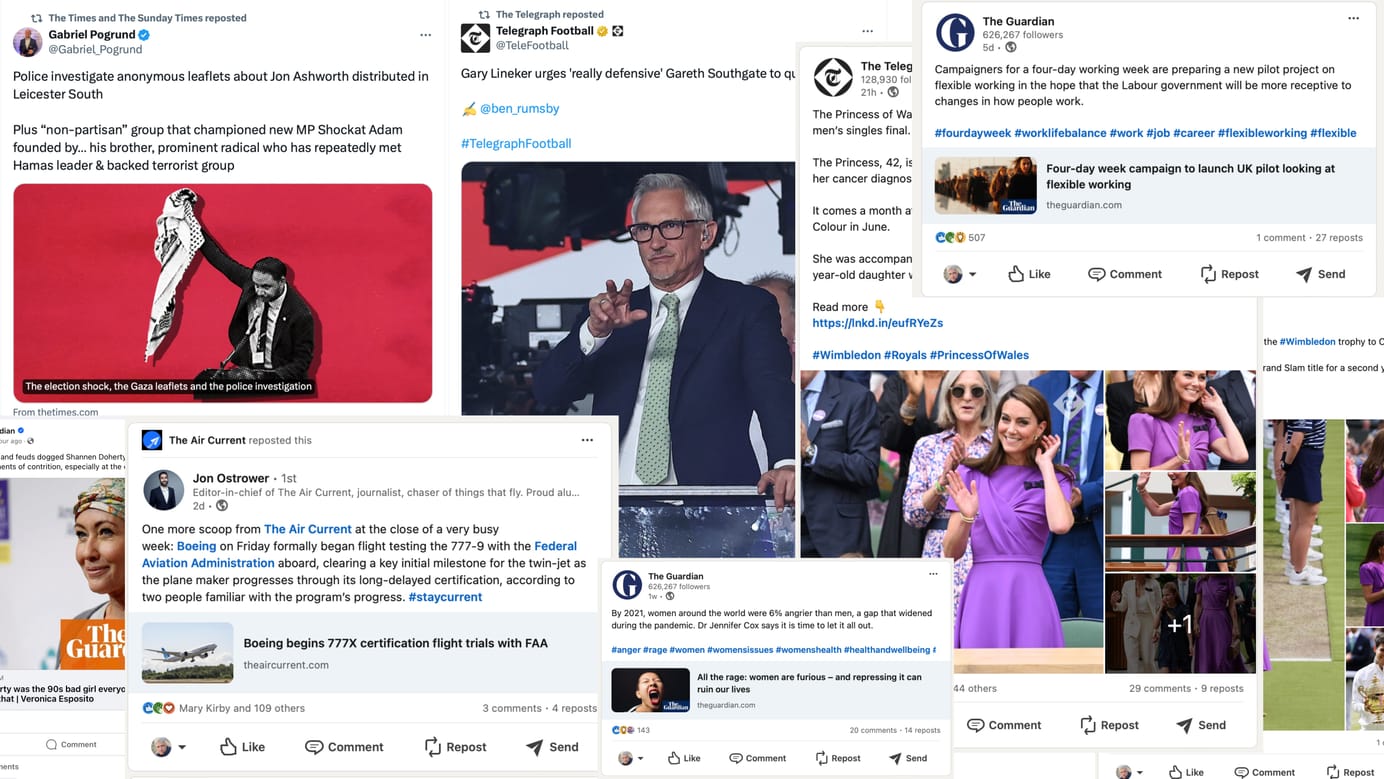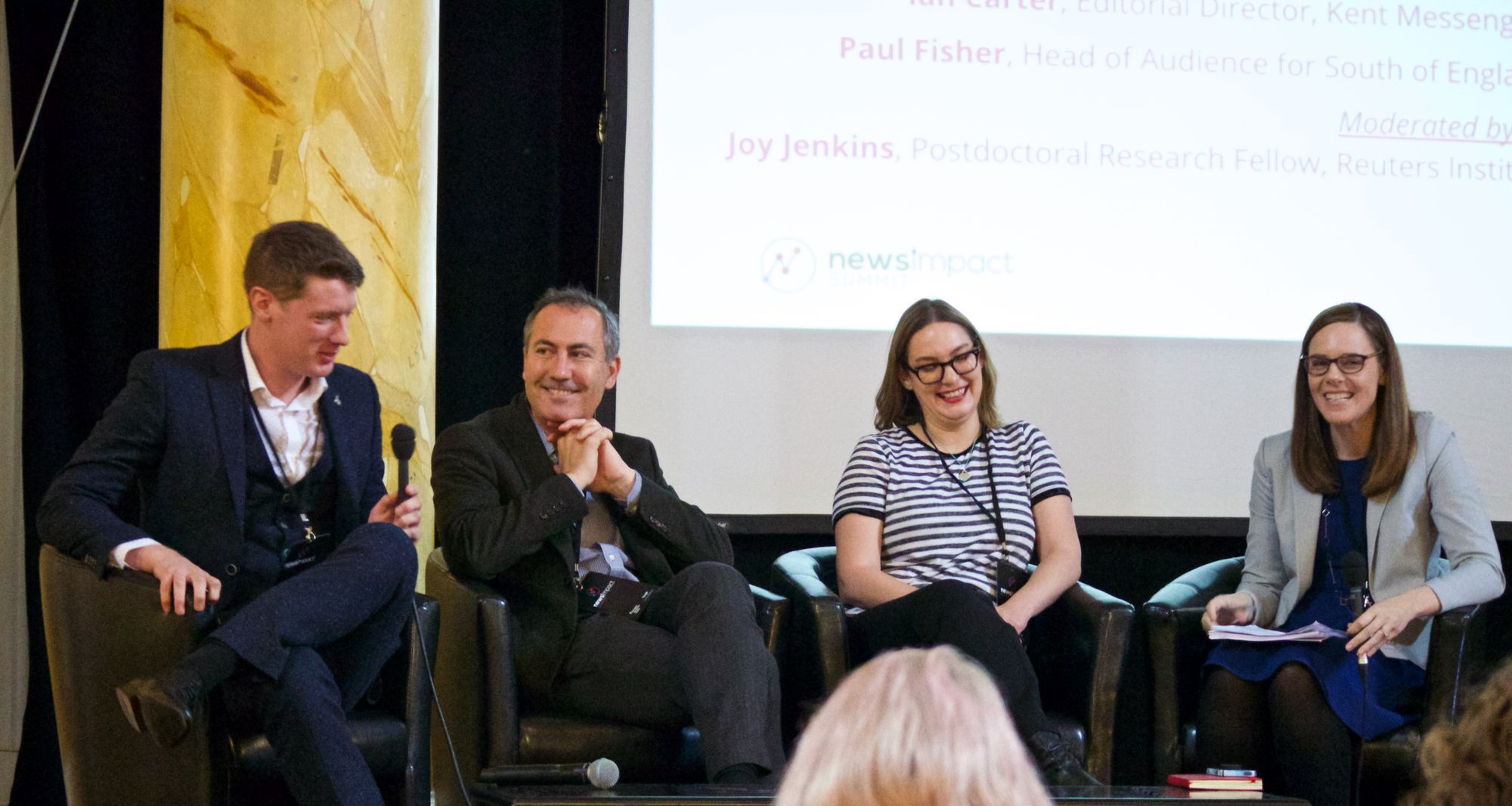
The digital transition of local news
How are the traditional local publishers managing the transition to digital? The panelists would like us to think it's going well, but the audience is skeptical.
Liveblogged notes from a panel discussion on the future of local news publishers at News Impact Summit Cardiff in October 2018. Prone to error, inaccuracy and howling crimes against grammar and syntax.
Panel
- Moderator: Joy Jenkins, Postdoctoral Research Fellow, Reuters Institute for the Study of Journalism
- MaryAnn Astle, executive editor (digital), StokeonTrentLive
- Ian Carter, editorial director, Kent Messenger Media Group
- Paul Fisher, Head of audience for south of England, Johnston Press
Astle: Getting lots of traffic is easy - but we want loyal, local traffic and that is only doable the hard way - by doing the issues they care about.
Carter: We have a bigger audience than we ever did before - but we’re still facing declining revenue. I believe that people have to pay for content now.
Fisher: We have got very used to expecting our news free of charge - Britain is uniquely different in that, probably because of the BBC. The 24/7 nature of news is both a challenge and an opportunity. People expect 24/7 news - how do we resource that?
Astle: Reach plc has scale - and from a commercial perspective, a very large audience helps sell advertising. As journalists, you have an awful lot of colleagues across the country to talk to, work with and you can call upon central resources.
Carter: We’re going the other way - town centre offices, and investment in local and the community.
Fisher: JP is a little of a mix of both - everything from a long tail of small regional titles, right up to the i, which is seeing growth in print and online. We have the ability to amplify our content from our local sites via the i. We have daily conversations about that. We have central content teams and central video teams. We’re aiming to be a on-stop shop: come for the local news and get the national news, too.
Stories and Skills
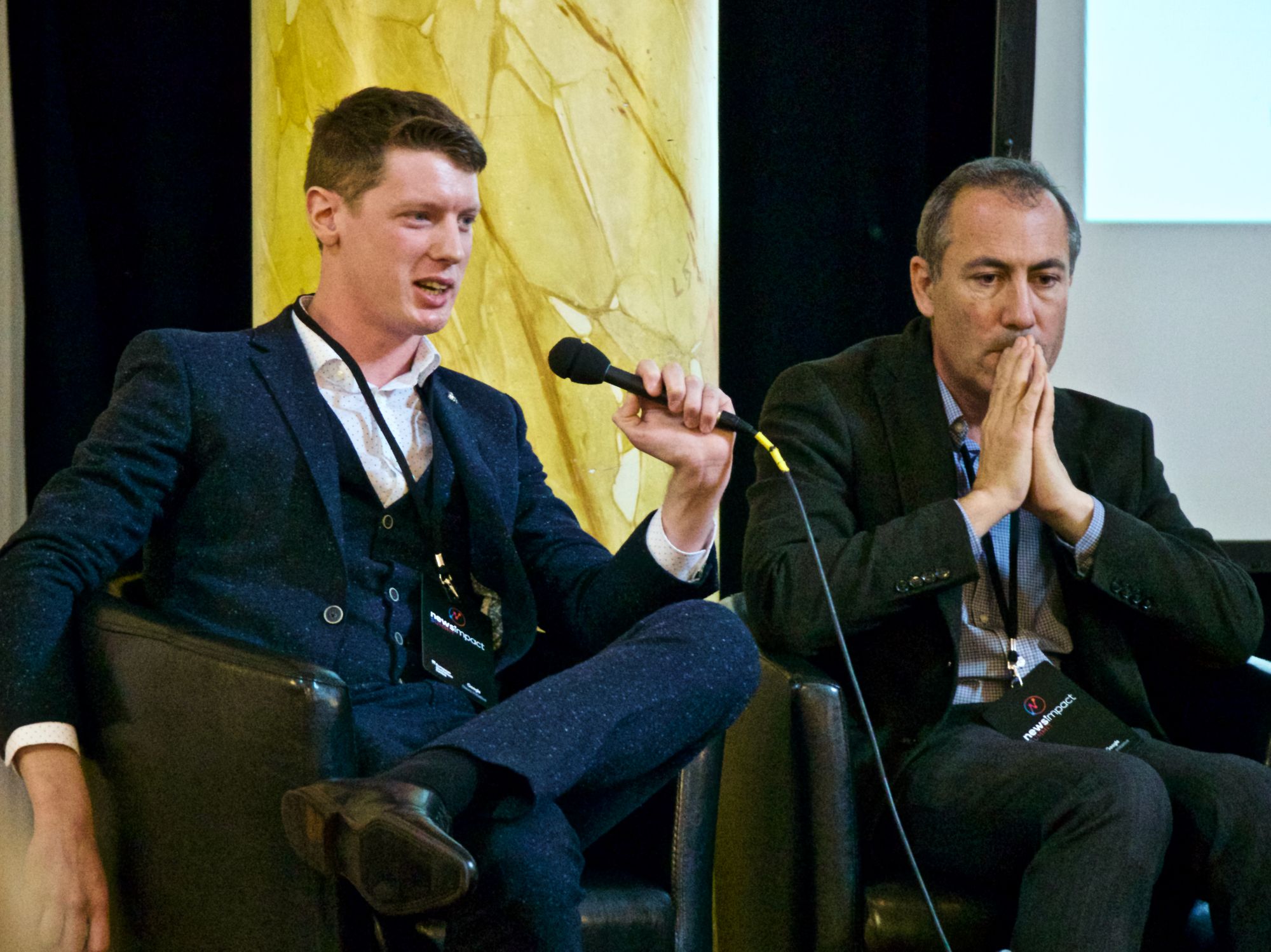
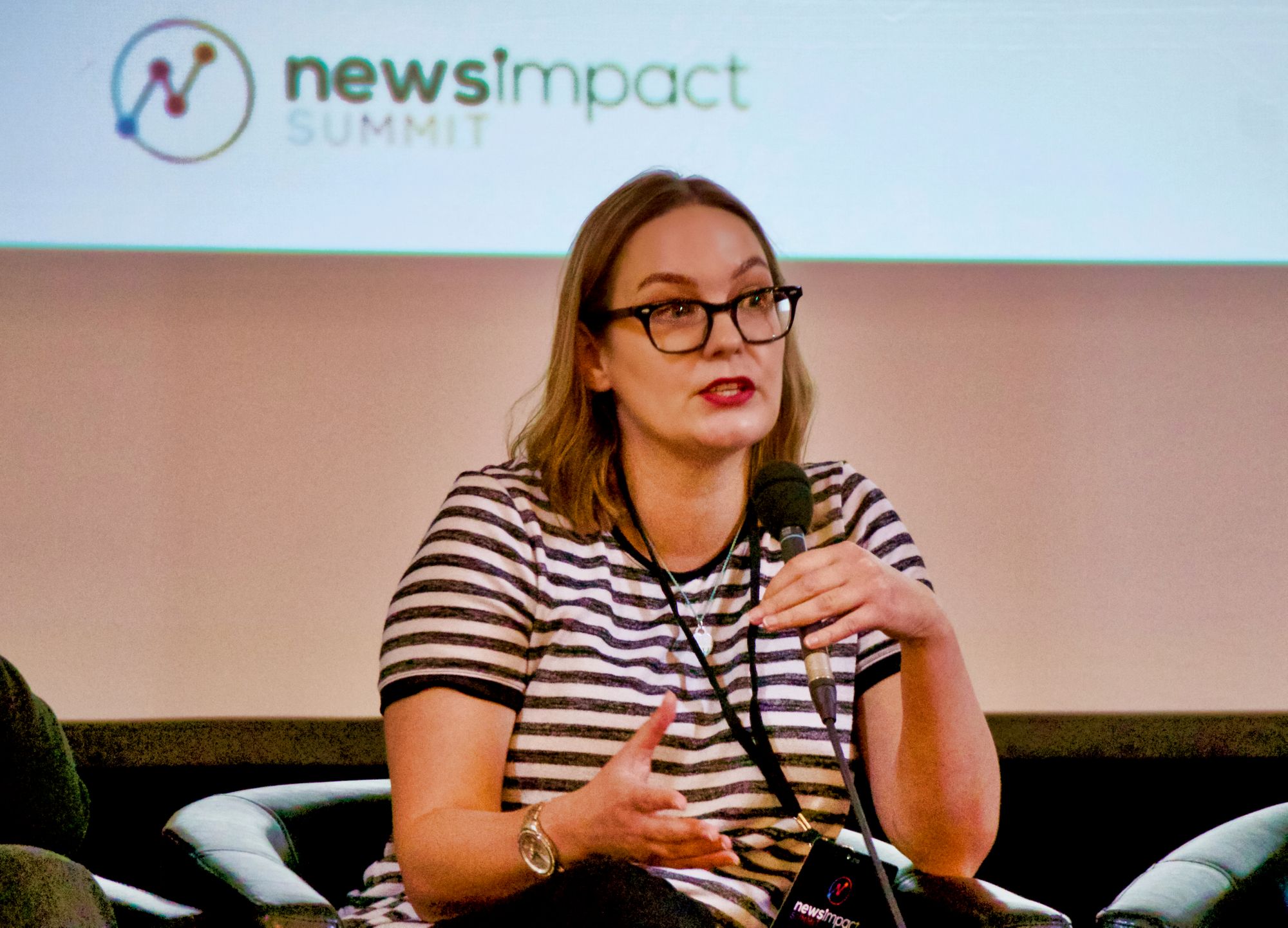
Jenkins: How have your editorial strategies changed?
Astle: It doesn’t make sense any more for every site to cover every story. Take the royal baby for example; it’s better to have that created centrally and spread to all the tiles. We haven’t changed the type of stories we do - just the tools we do them with.
Says a lot about the media giants’ attitude to local news that a discussion about the digital transition to local news has veered into how they’d cover the royal baby… #NISCDF
— Darryl (@darryl1974) October 15, 2018
Carter: Similar - we tell the same sorts of stories, but in a platform neutral way.
Fisher: I disagree. The way we do content has changed massively. We used to get the paper to bed, and then upload the paper online, in one fell swoop. No through about it. The top story was the one you uploaded last. We’ve come an awful long way since then. One of the challenges is keeping up with the pace of change in skills and tools. Is that headline SEO optimised? What links should we include? It’s a real challenge still to make sure that all our journalists are on a digital transformation journey.
Carter: But it’s still getting the exclusives; it’s still about getting the stories.
Astle: The need for training is pretty constant. Because the industry is changing so much, the need for training is constant. Now we’re a newspaper and a news site. If you want to be a print journalist, go and be a print journalist. If you’re excited about digital tools, go and work on digital.
Carter: Make it fun - give people ownership and let them experiment.
Fisher: One key is explaining why we’re doing things, rather than just adding to their workload.
'we get people coming for jobs who are fantastic at technology but terrified of picking up the phone. You can't conduct your entire life on social media – you need to pick up the phone or knock on a door’ says editorial director Kent Messenger Group @iancarterKM #NISCDF
— Journalism_USW (@Journo_USW) October 15, 2018
The Platform Game
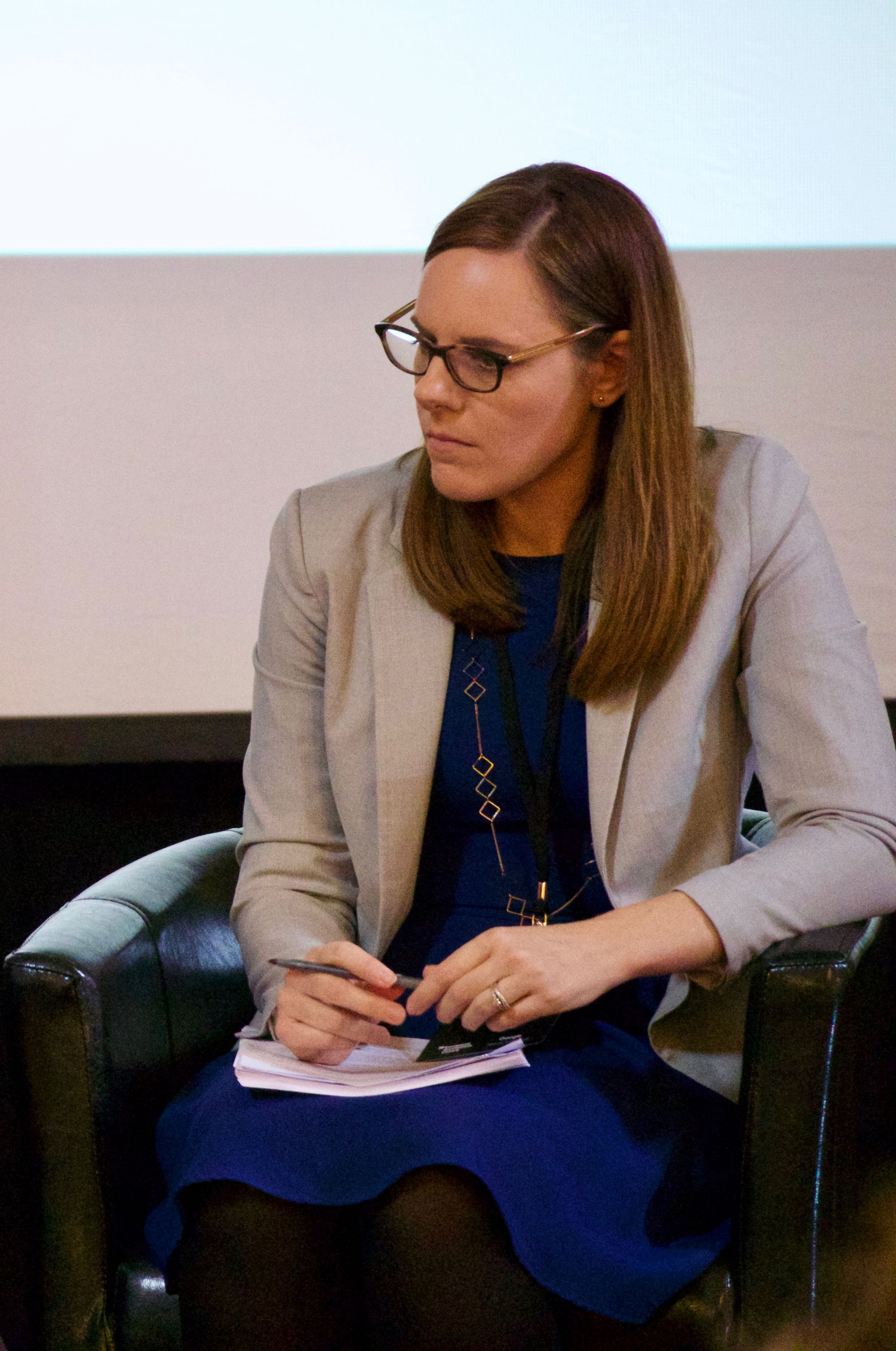
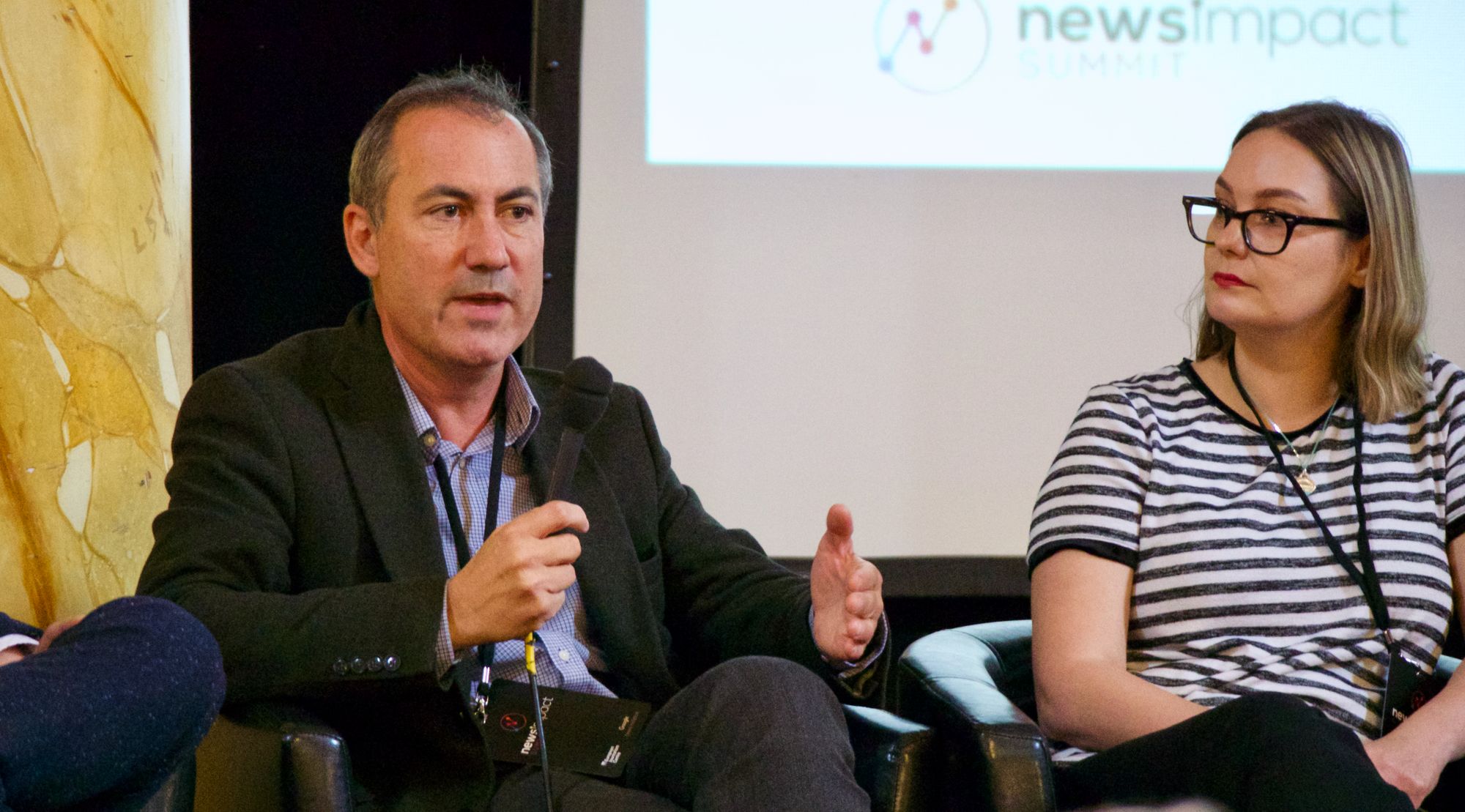
Jenkins: How are you feeling about Facebook and other social platforms? How important are they to your businesses?
Astle: I think it’s a bit daft to forget about Facebook - it generates millions of page views a month for us. It’s not nonsense, it’s not any old stuff - it’s what they want to read. And 90% of our tipoffs come via Facebook Messages. We have several Facebook Groups now, some are new - but people are already arranging face to face meetings.
.@mary_annastle says up to 90pc of story tips to @Sotlive come via Facebook messages. “our audience is far more likely to use Facebook to talk to us than to send an email or pick up the phone” #NISCDF
— Behind Local News (@behindlocalnews) October 15, 2018
Carter: Facebook, we get a large audience from it, but they’re amongst the least engaged. The bounce rate is high.
Fisher: Google is now our top referrer, not Facebook for the first time - and much of that is to Instant Articles, which are less valuable to us. It is useful for photos and tips.
Find it really hard to believe that it’s the first time ever - I bet Google was top in the early 2010s, or the last 2000s at the very least. Facebook only reached industry dominance circa 2012/3. #NISCDF https://t.co/7O8UqVE4SI
— Adam Tinworth (@adders) October 15, 2018
Astle: The 18-30 segment of our audience is growing, which is good. You have to listen to them telling you what they want to know about. We do a lot of events - this year we’re going to organise Christmas ourselves. We’re going to organise an event run by journalists for thousands of people. We have to be part of the community.
Carter: We do. We need to have a presence in the heart of the community. we need to take part in local events. And we’re not constrained by newspaper footprints, s we can explore new things: park runners, eco-friendly Kent and so on.
Fisher: Newsrooms aren’t just about journalists, it’s about data analysts, who can help us understand who our readers actually are.
Understanding your audience has never been more crucial for the future of journalism. Johnston Press has just hired another 3 data analysts to do just that, says @PaulFisheredit #NISCDF #data #digital
— Nigel Vincent (@newsnigel) October 15, 2018
Do they have a duty of care to smaller titles?
Fisher: No. I would like to think Edinburgh is still a hyperlocal newsroom, and we have a lot of good journalists in that newsroom who are passionate about reporting on that city. With a cold hard-hearted business head, there are only so much audience out there - and I’d rather that focused on themselves not a competitor.
Interesting question to panel representing JP, Trinity/Reach and KM/Iliffe. Should you be supporting hyperlocals? No, says JP, (yet happy to take share of £8million for extra democracy reporters paid for by BBC?) Hmm. #NISCDF
— Hilary Scott (@nosylocaljourno) October 15, 2018
Astle argues that the small newspapers being integrated into a bigger site leads to better service for this areas.
Ideas of revenue didn't go much beyond advertising and advertising-related models. Are we too late for paywalls? Astle suggests we might be - we should have done that collectively as an industry 10 years ago.
True - big publishers’ attitude to local news seems to be about grabbing photos free from Facebook and gobbling up BBC subsidy and dismissing everybody else in game… #NISCDF https://t.co/jcBp1gUM3I
— Darryl (@darryl1974) October 15, 2018
_Advertising_ is still the answer to financially sustaining digital #news say @PaulFisheredit & @mary_annastle at #niscdf #journalism #hyperlocal
— Gareth Morlais (@digitalst) October 15, 2018
Sign up for e-mail updates
Join the newsletter to receive the latest posts in your inbox.


